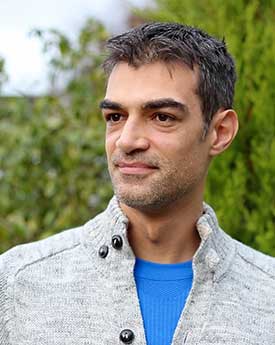Theory and Modelling
Lancaster ‘s renowned Condensed Matter Theory group employs quantum-mechanical methods to uncover novel phenomena and working principles in low-dimensional systems and devices, as has extensive expertise in determining the characteristics of novel and artificial materials.
To make progress in the study and design of quantum-enhanced devices, experimental efforts rely on guidance by advanced computational and theoretical methods. This applies to the materials and structures to be employed just as much as to the determination and optimization of the quantum-mechanical working principles. In many cases, a complex combination of components inducing an intricate interplay of phase-coherent transport and dynamics are required to achieve the desired device functionality.
The Lancaster Centre for Nanoscale Dynamics has a worldwide reputation for its expertise in the modelling both of materials as well as of phase-coherent electronic transport, ranging from low-dimensional materials to hybrid systems that combine multiple components. Key capabilities in materials modelling include first-principle Monte Carlo Methods that reach beyond DFT, as well as whole-system modelling of molecular electronic devices. Expertise in quantum transport encompasses low-dimensional materials and devices, 2D materials including graphene and transition metal dichalcogenides, conventional and topological superconductors, topological insulators, as well as hybrid arrangements that also interface with quantum optics.






